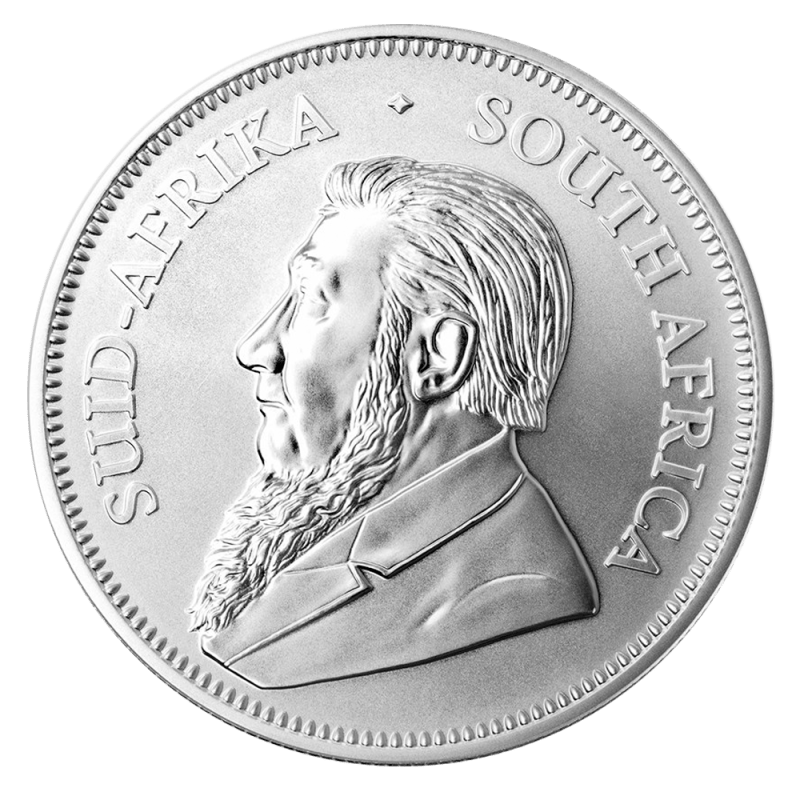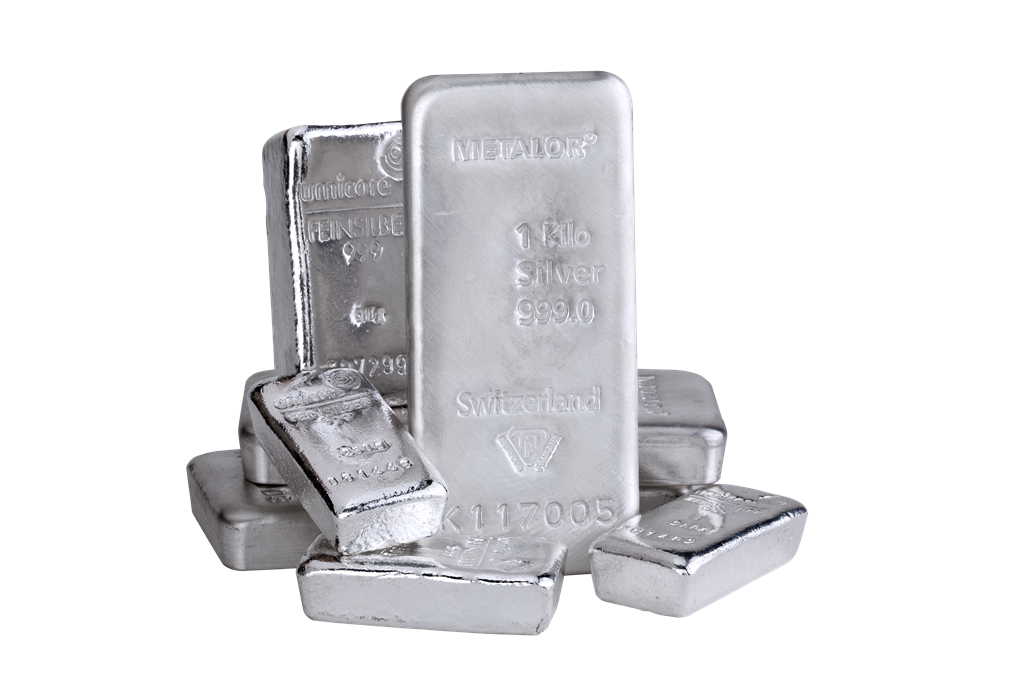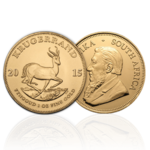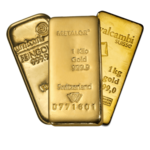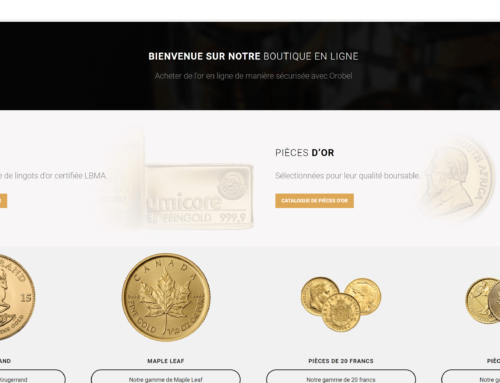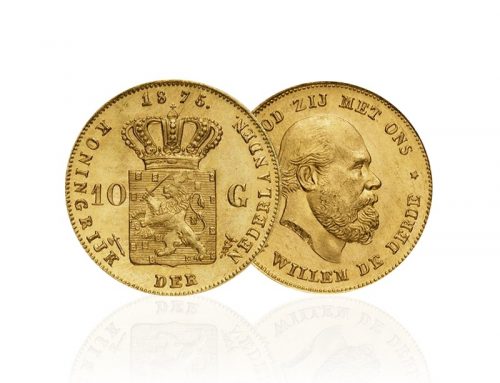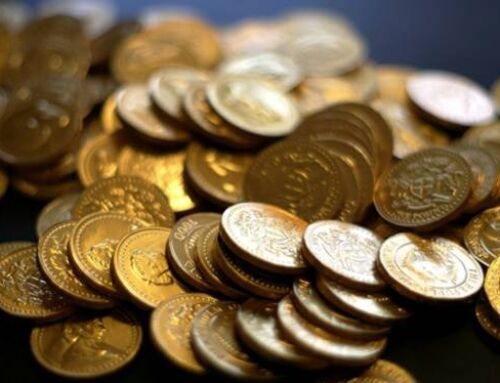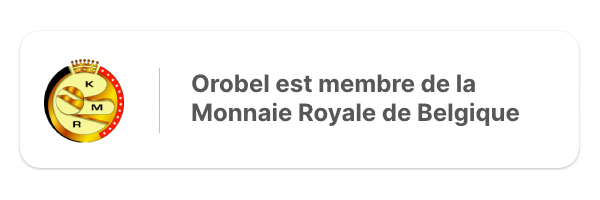Density weighing, a simple way to know the gold content of a precious metal
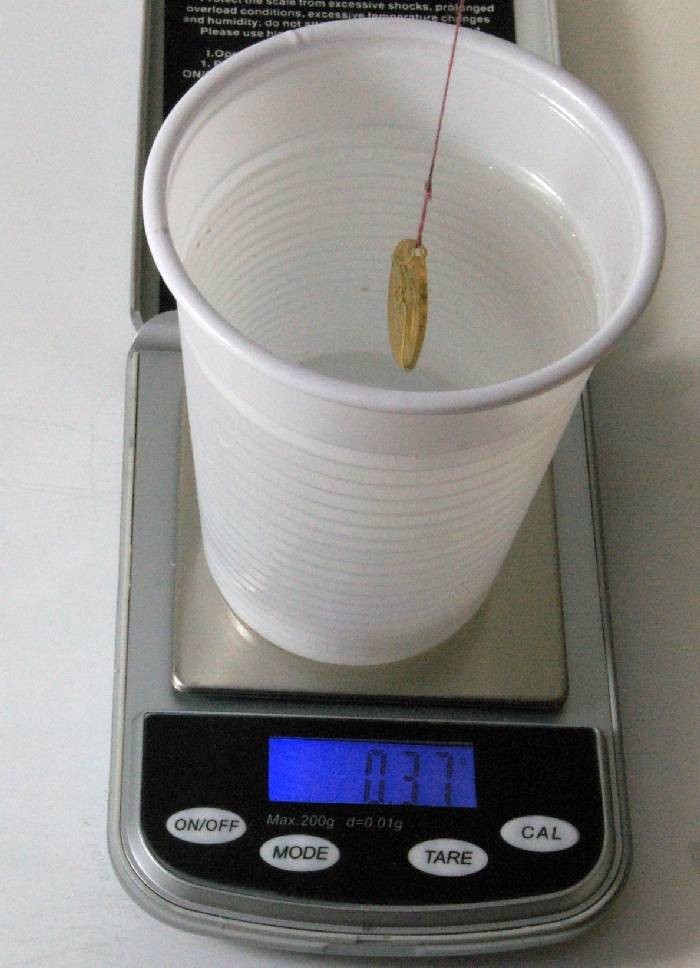
It is sometimes called hydrostatic weighing and principle we have just Archimedes, thanks to him, we know that any body immersed in water displaces its volume in water.
Thanks to Archimedes, we know that any body immersed in water displaces its volume in water.
Thus an ingot weighing suspensions in water, a balance will indicate the number of grams of water displaced, and as 1 cm3 of distilled water is equivalent to 1 gram.
It is therefore known to know the volume of the ingot. By dividing its weight by its volume, the obtained density of the weighed metal. That is to say, the number of grams per cm3.
Starting from the density of pure gold and 19.3 gram rule of three by adding copper and silver levels. We can do a more or less accurate density Table 18 carat gold 24 carat gold.
It is best to use a balance to the hundredth of a gram or 0.01 gr. Some even have a lower hook which allows for weighing underneath.
This technique does not allow a very precise analysis but is a very good indication of 1 to 3% accurate. It is more reliable than a test acid rock button.
It is very often used in Africa as simple, cheap and reliable enough.
It is much cheaper than a test by spectrometer and an analysis by cupellation and especially more simple and fast.
It does not allow to see by against jacketed ingots or gold plated with a tungsten core
If you receive the desired conversion tables of grams per cubic centimeter and their corresponding purities, send us an email.
All news and infos about gold on
[button type= »info » target= »_blank » link= »http://orobel.biz/en/info/news.html » icon= »info-sign »]Orobel.biz[/button]
